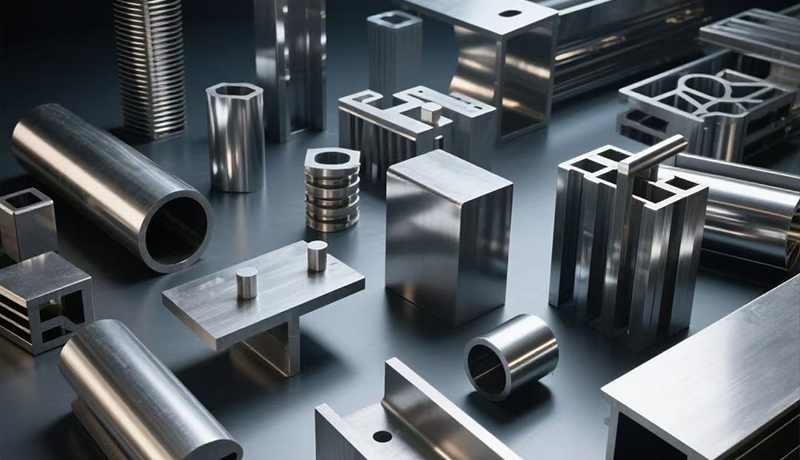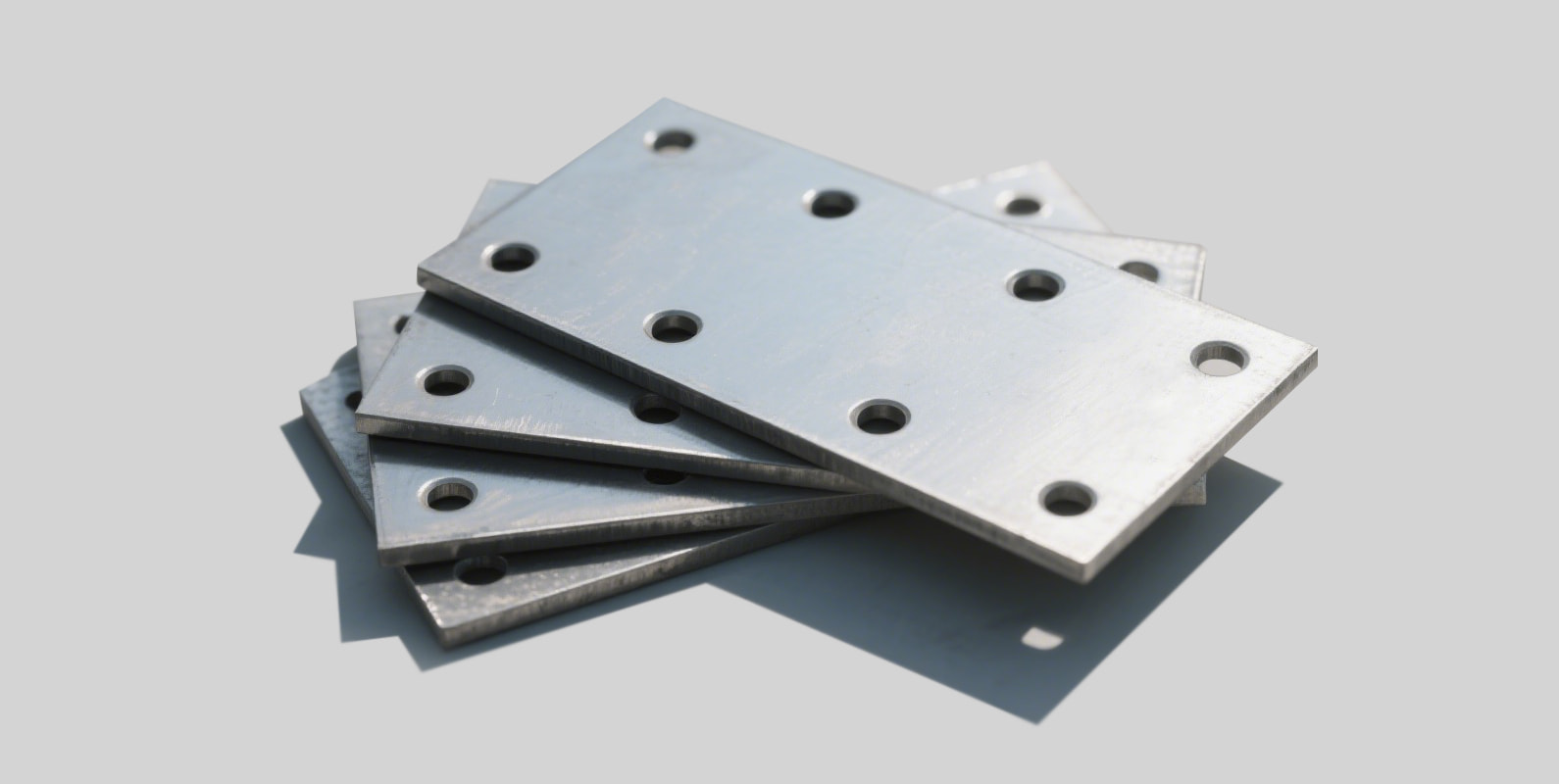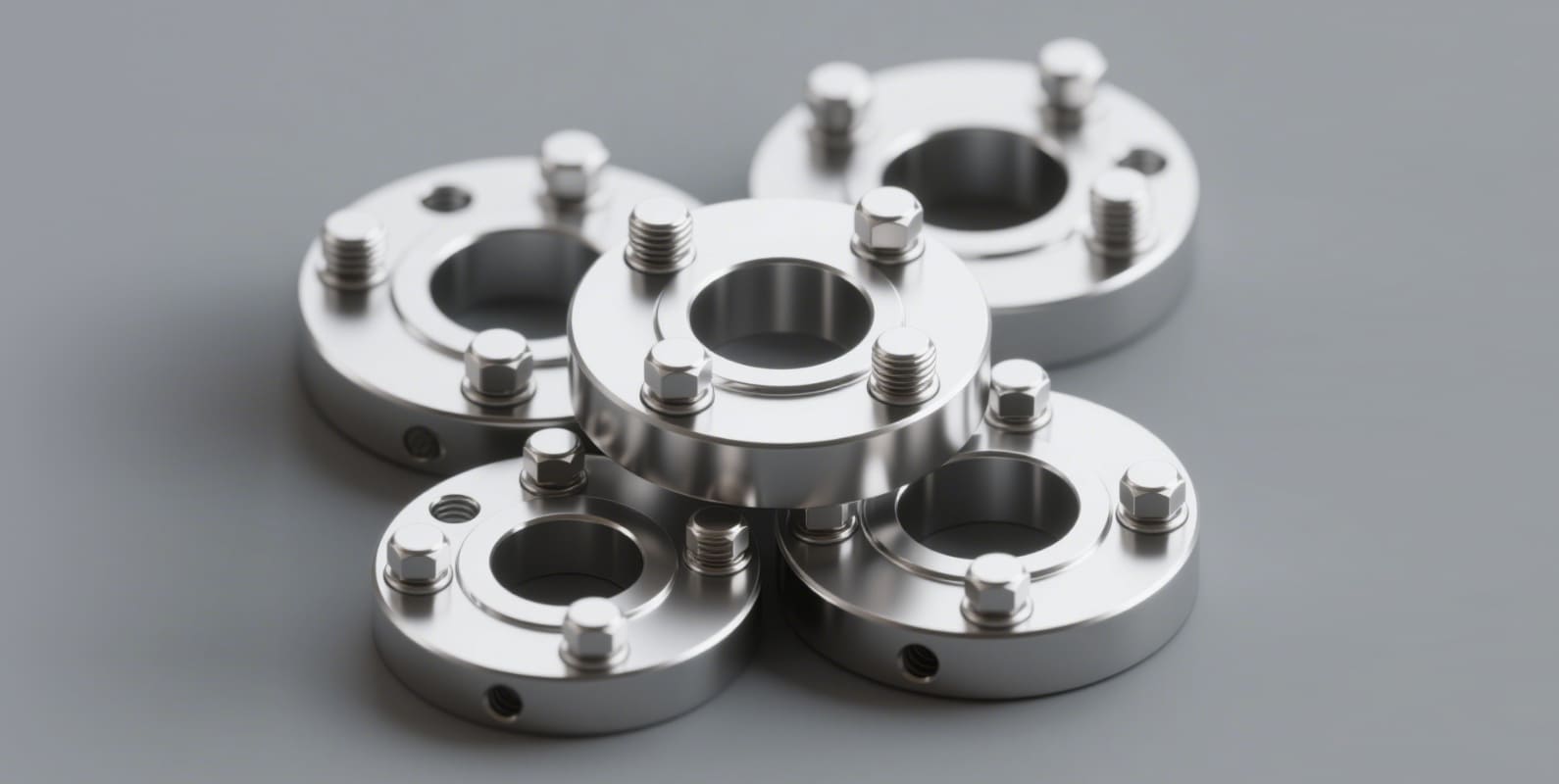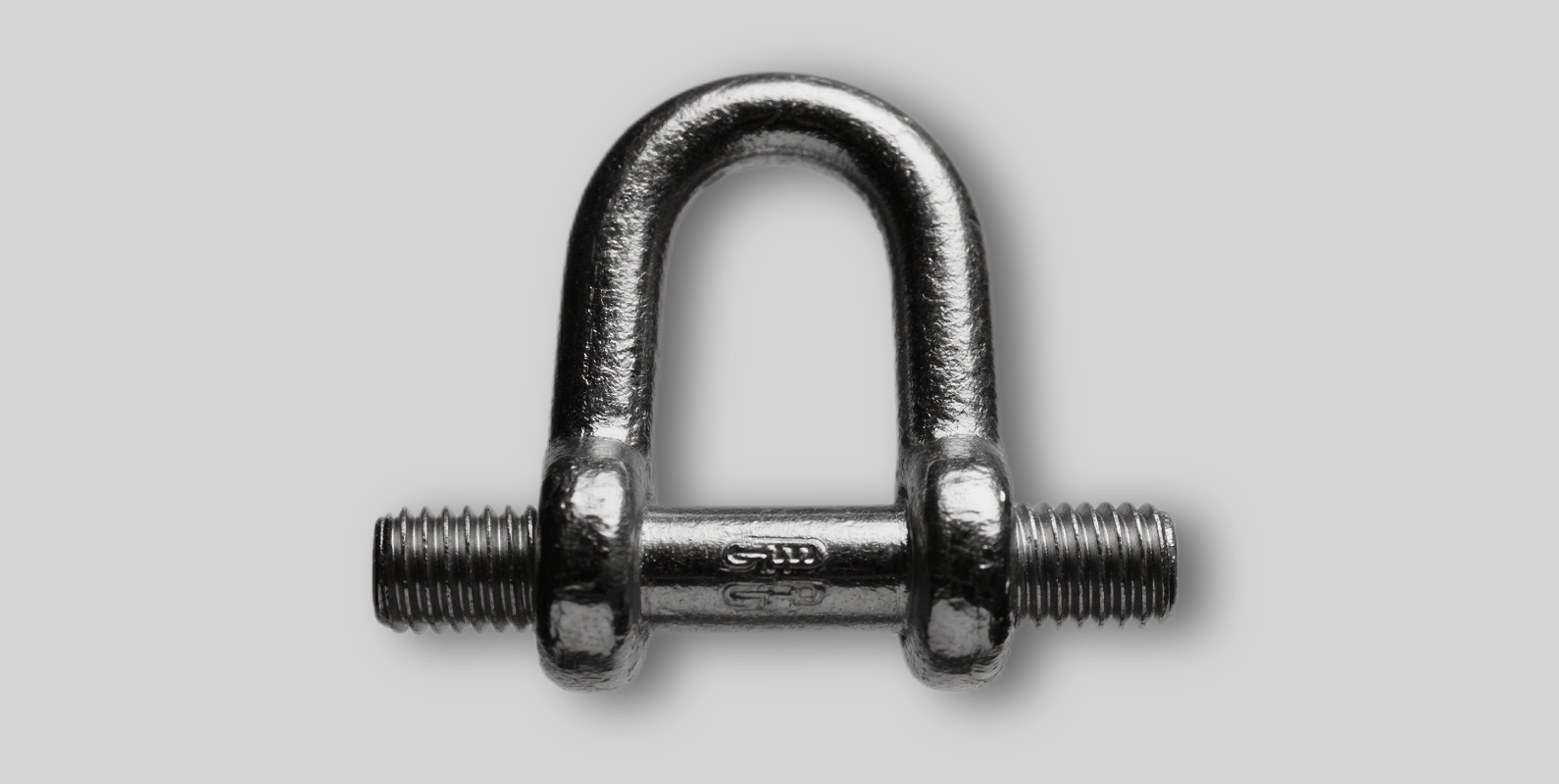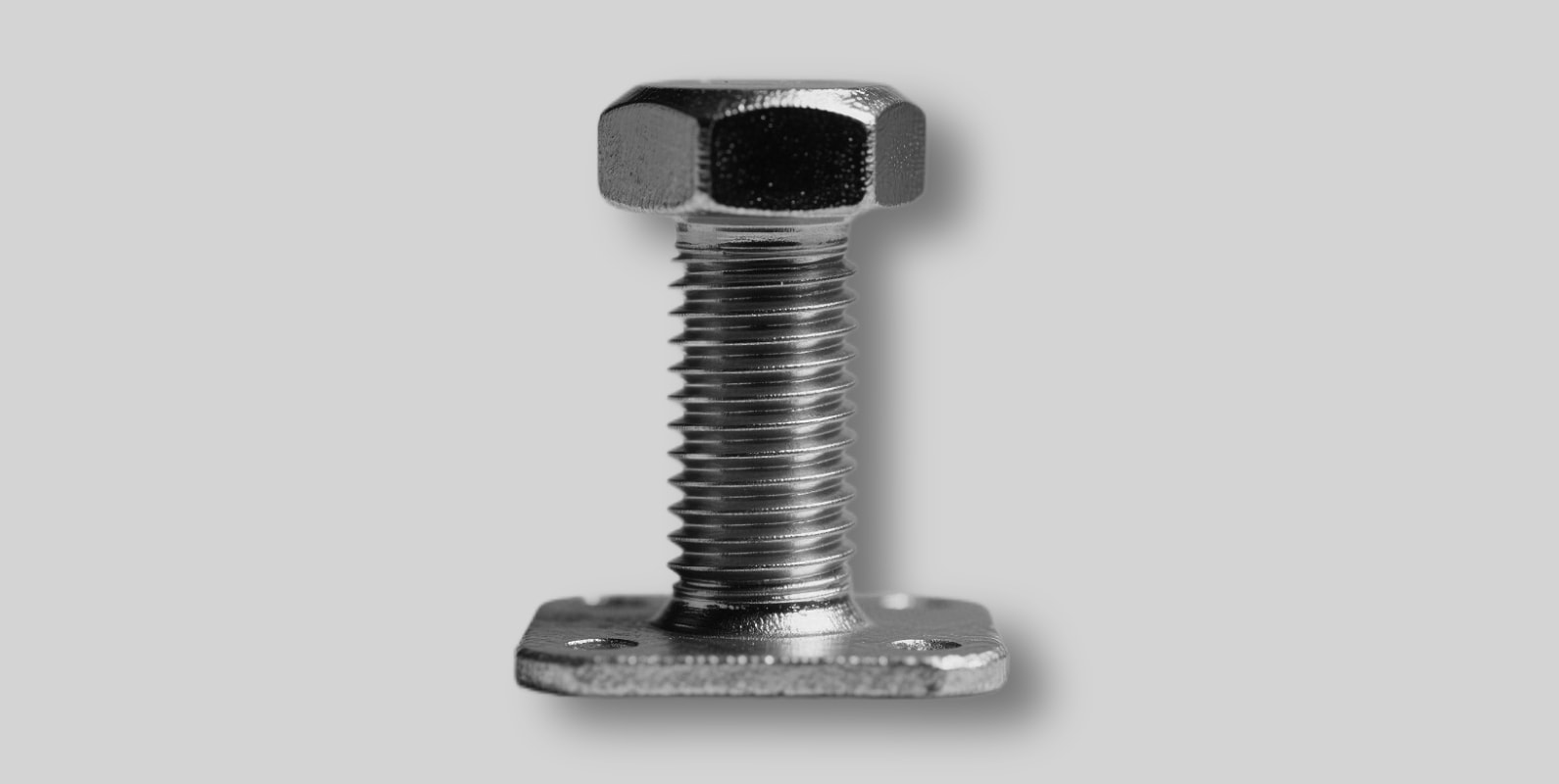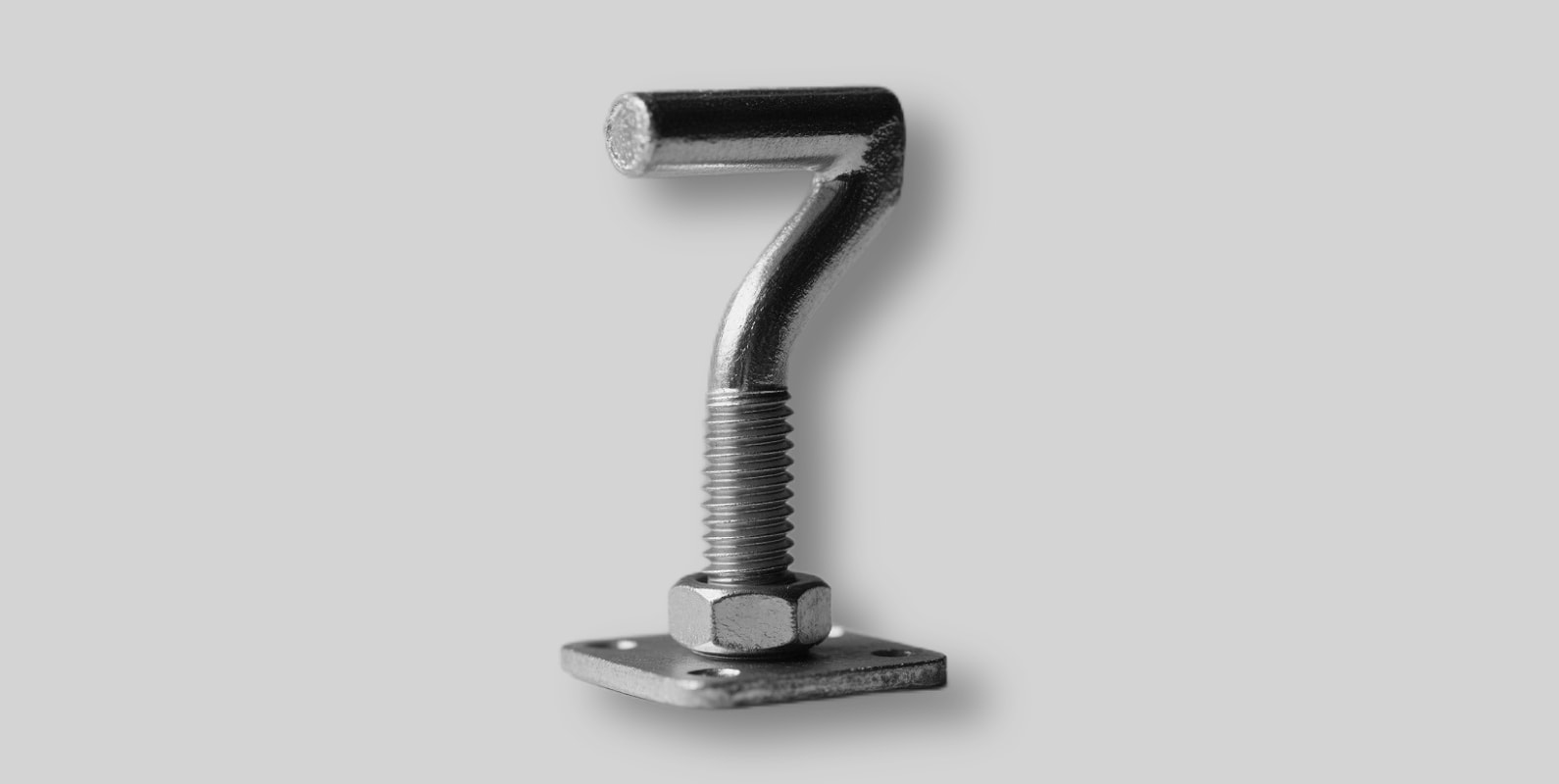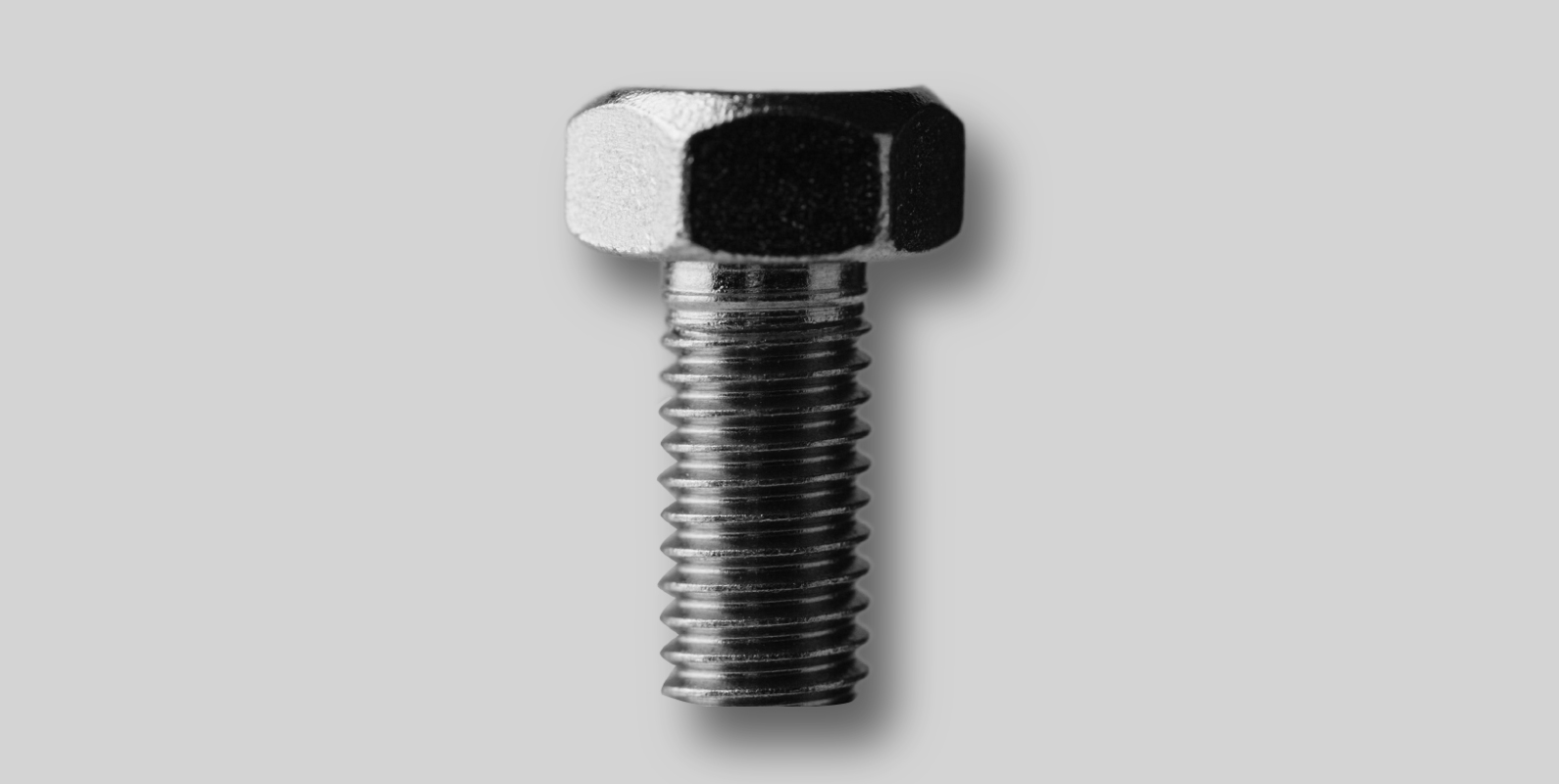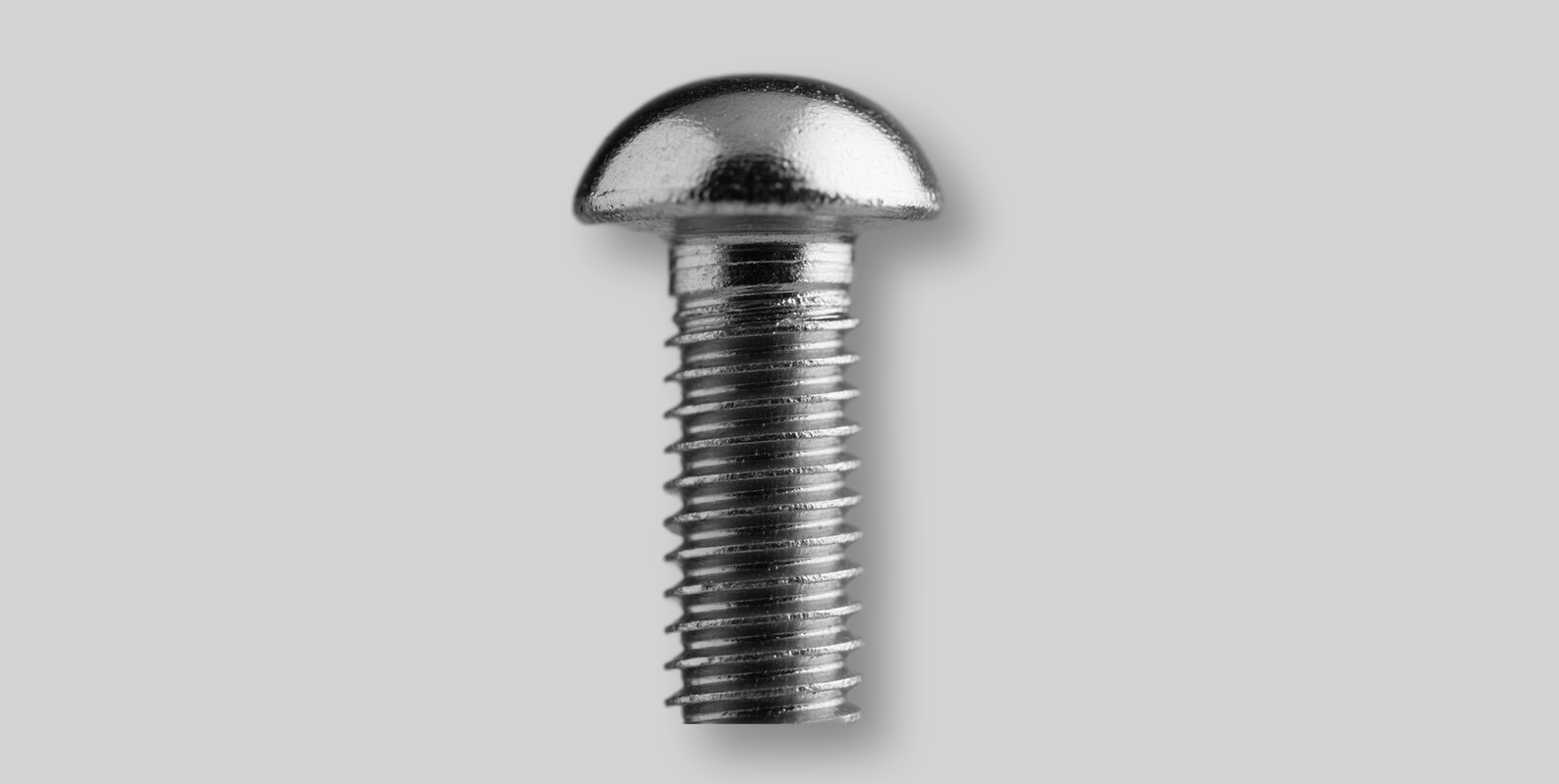New Steel Components
In an era of rapid technological and industrial advancement, next-generation steel components are redefining the standards of industrial applications with breakthrough performance. Our steel components are engineered using cutting-edge manufacturing technologies and high-performance alloys, offering an exceptional strength-to-weight ratio, outstanding corrosion resistance, and long-term durability. Designed for stability under bad conditions, they are ideal for critical applications across automotive, aerospace, construction, and renewable energy sectors. With precision-engineered integration capabilities, these components seamlessly fit into complex systems, reduce maintenance needs, and extend operational lifespans. They also embody sustainable principles by optimizing material usage and enhancing recyclability. Whether you're building the next generation of machinery or upgrading existing systems, choosing our advanced steel components means investing in innovative, efficient, and future-ready solutions—empowering your projects and driving the industry forward through modern steel technology.


 中文简体
中文简体 English
English